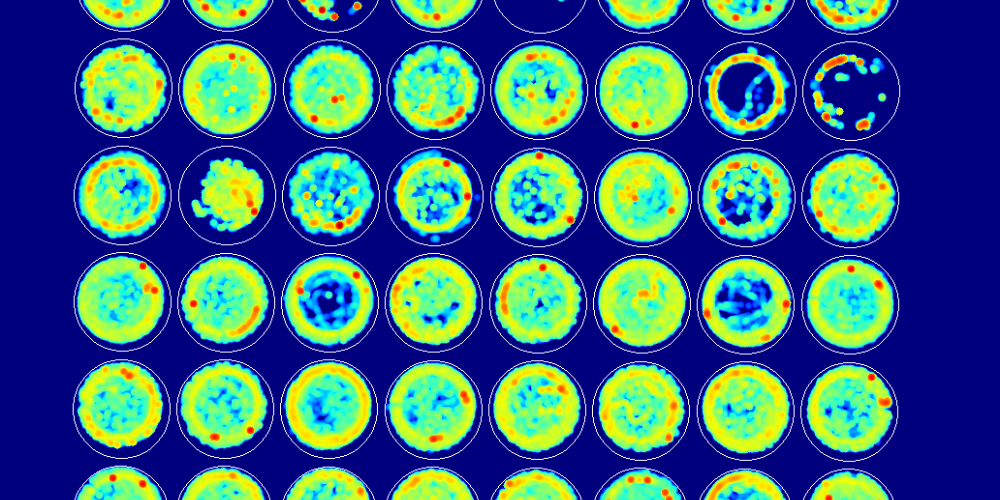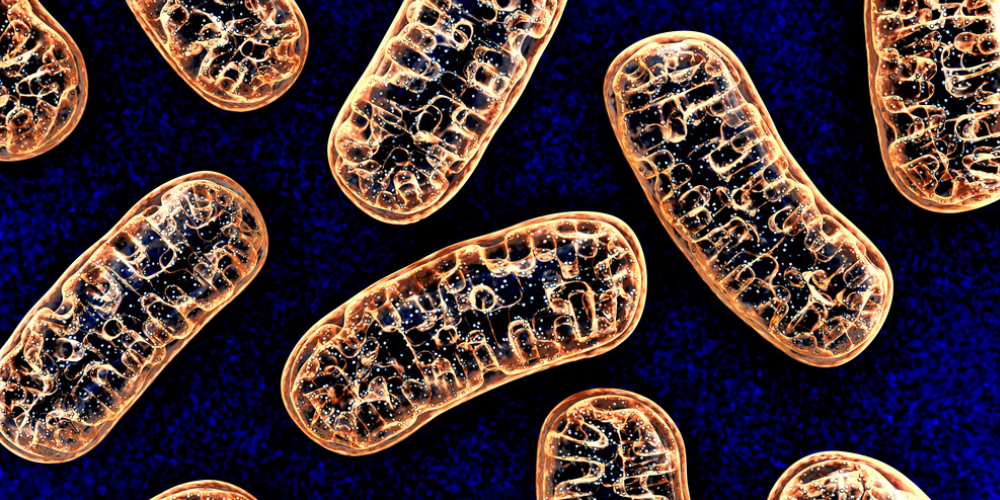At first, it was thought that once we acquire a memory, the memory is saved in our brain and it stays forever as it was recorded. However, recent evidence says otherwise. Every time we recollect a memory, it is modified and resaved in the brain. This process is called memory reconsolidation, and it is fundamental for the maintenance and updating of long-term memories.
The secret behind reconsolidation
Reconsolidation depends upon chemical reactions and neuronal plasticity. Thus, if pharmacological treatment is administered when a memory is being reactivated (i.e. during recall), this can disrupt reconsolidation and lead to amnesia for the particular memory that was being recalled.
However, reconsolidation does not occur every time a memory is reactivated. There is a need for destabilization in the neuronal connections (synapses). Reconsolidation and its molecular mechanisms have been studied in different brain regions related to memory, for instance, the basolateral amygdala (BLA) and the hippocampus. The results indicate that some mechanisms may be common across regions. The particular case of destabilization of contextual fear memories (i.e. fear memories that depend on the context in which they were acquired), which largely depend on BLA and hippocampus, is likely to occur simultaneously in both regions.
To explore the interruption of memory reconsolidation in the BLA and the hippocampus, Lee and colleagues conducted the present study. They aimed at comparing the effects of drug administration in the BLA and hippocampus (pre and post-memory reactivation) on the destabilization of contextual fear memory.
The procedure consisted of administering rats with a blocking drug, MK-801, just before or after the fear memory recollection, and observing whether they presented amnesia for the memory or not. Moreover, the administration could be preceded by a blocker of the blocking drug, SR141716A, in which case the rats would not present amnesia for the fear memory.
The procedure consisted of administering rats with a blocking drug, MK-801, just before or after the fear memory recollection, and observing whether they presented amnesia for the memory or not. Moreover, the administration could be preceded by a blocker of the blocking drug, SR141716A, in which case the rats would not present amnesia for the fear memory.
VideoTrack is the perfect tool for memory research
To elicit a fear memory that could be destabilized later on, rats were trained in conditioning chambers. They were trained to fear an electric shock when they were put in the chamber, so they would immediately freeze inside it (i.e. they would stay immobile, which is their response to fear). Infrared video cameras were placed on the ceiling of the chambers and used to record and quantify the freezing behavior automatically. This was possible thanks to ViewPoint's VideoTrack, which automated and systematized the procedure. The use of VideoTrack provides unbiased results, automatically calculates parameters for each animal and speeds up the research process. Moreover, it does not use sensors on the animals, for which it does not increase their stress levels. It is the perfect tool for animal behavior analysis.

Two days after being conditioned to fear the chambers, the experiment took place. Rats were injected SR141716A (i.e. the drug that blocks the effect of MK-801) or a non-drug solution (to control for the effect of the drug) into the hippocampus or BLA, either immediately before or immediately after reactivation. Rats were also injected MK-801 or a non-drug solution (again to control), after injection of SR141716A. 3 hours after, rats were returned to the chamber to determine short-term memory effects, and again 24 hours after to determine long-term memory effects. All the procedure was video-recorded and automatically quantified for freezing behavior with VideoTrack software.
Differences in destabilization in the hippocampus and the amygdala
The team observed that, in the hippocampus, the injection of SR141716A blocked the effect of MK-801 (i.e. reconsolidation was not impaired, and the fear memory, recollected) only when injected after reactivation, not before it. However, in the BLA, the injection of SR141716A attenuated the effect of MK-801 when injected pre-reactivation, and had no effect when injected after it.
Injection of MK-801 after reactivation created amnesia for the fear memory 24h (but not 3h) after reactivation (i.e. MK-801 successfully blocked reconsolidation). However, the memory disruption was prevented when SR141716A was injected into the BLA or hippocampus.
The protection mediated by SR141716A against amnesia had different efficacies according to the moment of injection and the region. Pre-reactivation injections were only effective when applied to the BLA, whereas post-reactivation injections were only effective when applied to the hippocampus.
The study, thus, demonstrates that the moment of destabilization of memories is different for the amygdala and the hippocampus. Since the memory task and the drugs used were the same in both locations, they cannot be the cause for these differences that were found. To what can we attribute the difference, then? One possibility is that memory destabilization during reconsolidation is not a single, unified phenomenon, but is composed of distinct phenomena in different structures. According to this theory, destabilization processes occur later in the hippocampus but lead to an indistinguishable outcome to that of the BLA. A second possibility is that the receptors involved in the destabilization are the same but the mechanism is different in both structures.
The first steps into the future of reconsolidation
Further studies will need to address the mentioned issues allowing us to unravel the mechanism behind memory destabilization for reconsolidation. However, the present results are already relevant for acknowledging the complexity of a process that we, just now, start to understand.
References
Lee JLC, Amorim FE, Cassini LF, Amaral OB. (2019). Different temporal windows for CB1 receptor involvement in contextual fear memory destabilisation in the amygdala and hippocampus. PLoS ONE 14(1): e0205781. https://doi.org/ 10.1371/journal.pone.0205781
Related product
VideoTrack, Sleep Deprivation, and Maze and equipment





